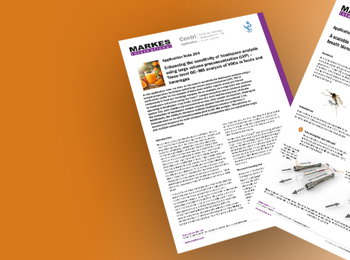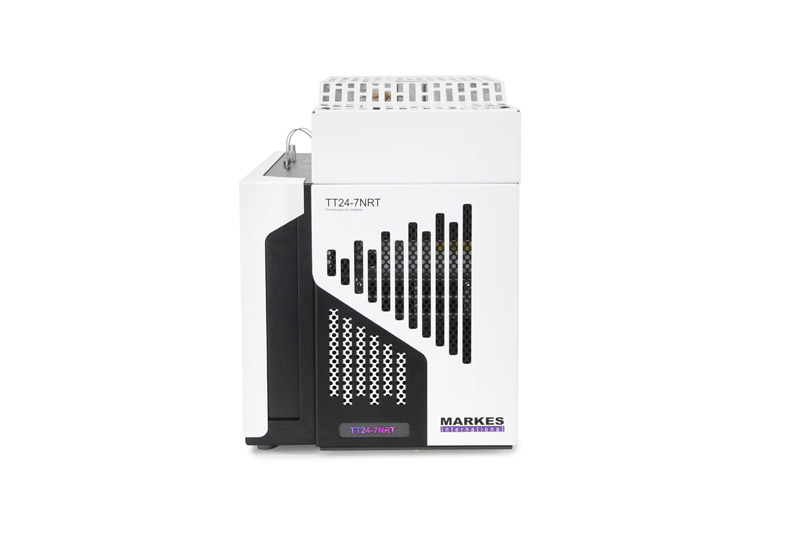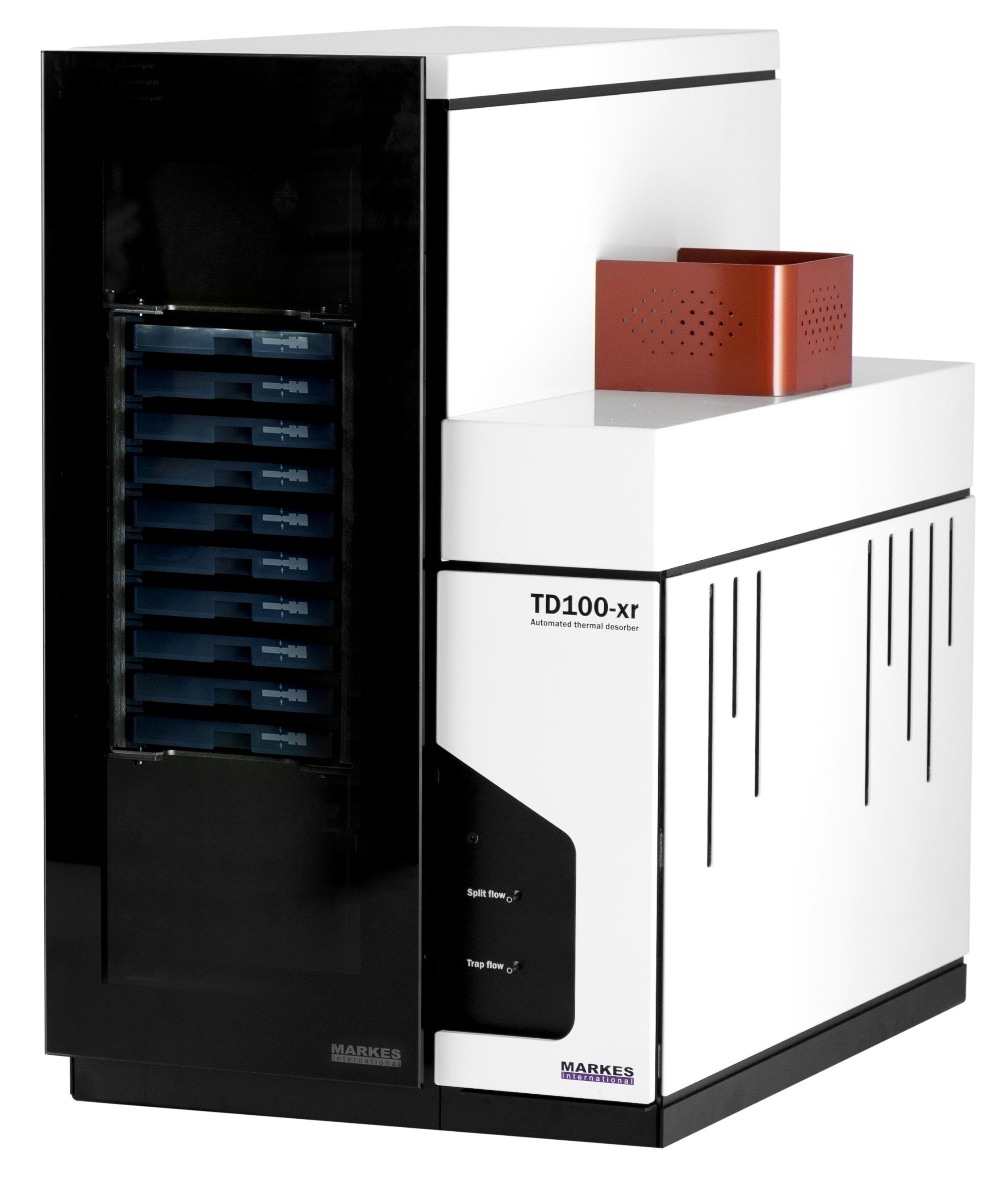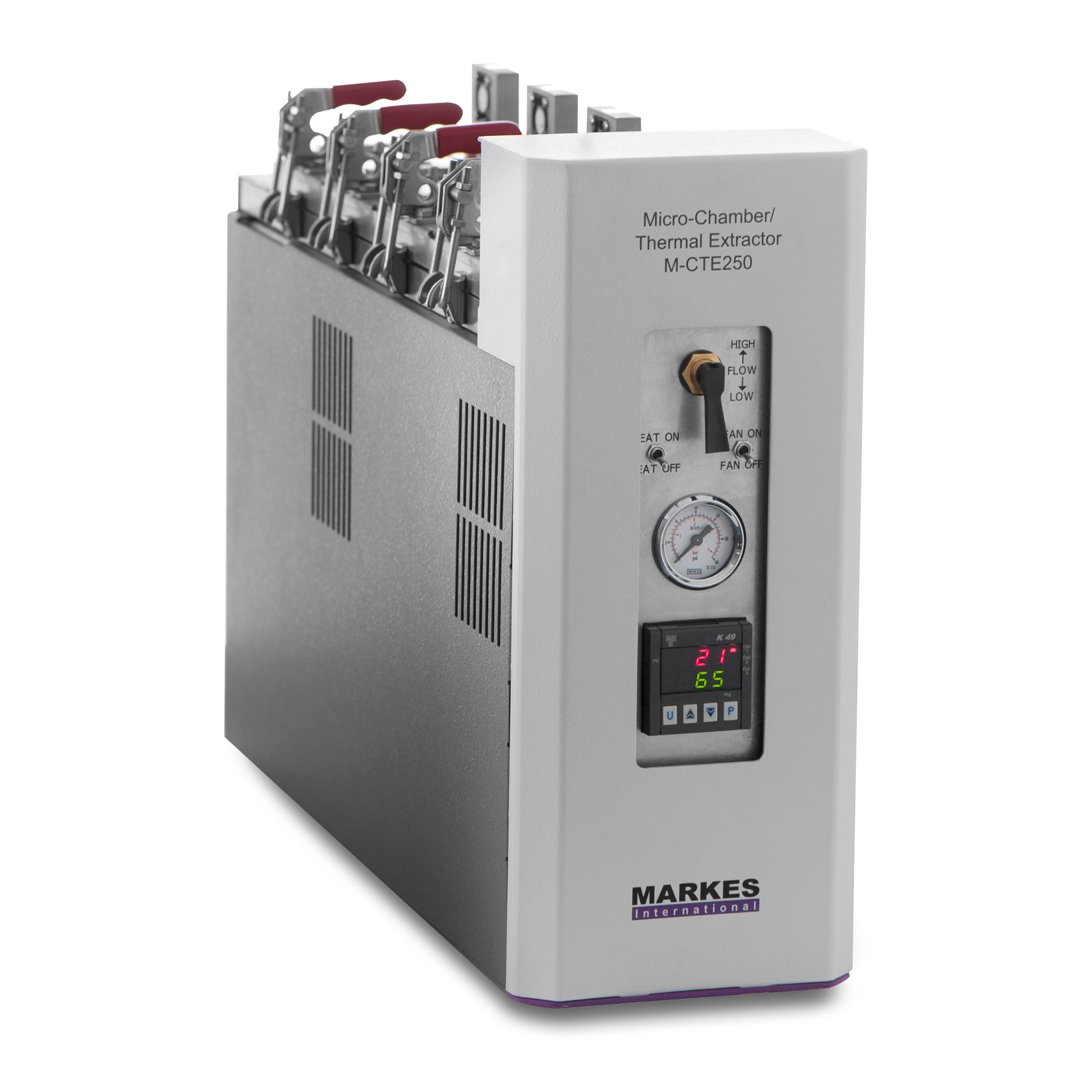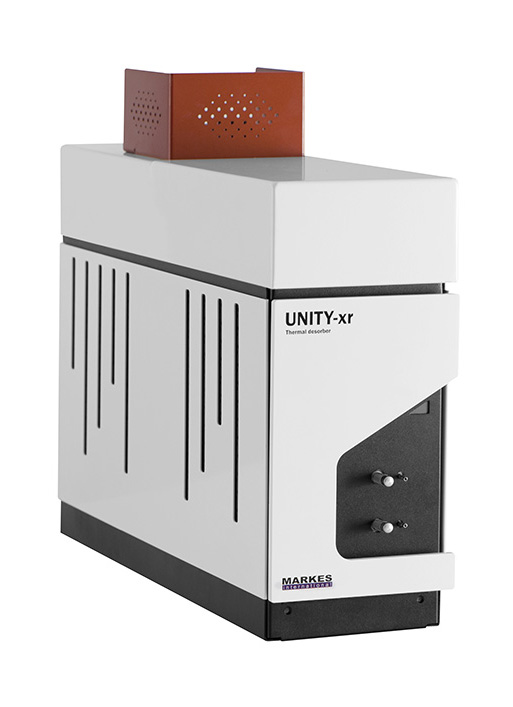Although the use of chemical warfare agents by nearly all countries is restricted under the 1997 Chemical Weapons Convention, the need to detect these highly toxic chemicals continues. This is increasingly to guard against their use by terrorist organisations, in addition to military applications such as decommissioning stockpiles.
The analytical challenges posed by chemical agents
Chemical warfare agents and nerve agents in particular are some of the most toxic substances known, and this demands detection at extremely low concentrations – often at the low-picogram level. This can be a challenge for many analytical systems, especially if there is a need to monitor multiple compounds in one run.
In addition, certain agents can have high boiling points and low vapour pressures, and can be prone to decomposition on reactive surfaces. Consequently, special attention must be paid to the inertness and temperature uniformity of the entire analytical system
The use of sample preconcentration
The low detection limits required for all chemical agent monitoring programs means that sample preconcentration using thermal desorption is an essential component of any GC-based system.
This allows the detection of chemical agents at the very low levels required, while rapid trap desorption in conjunction with splitless analysis allows sensitivities to be maximised.
Using thermal desorption for defence applications
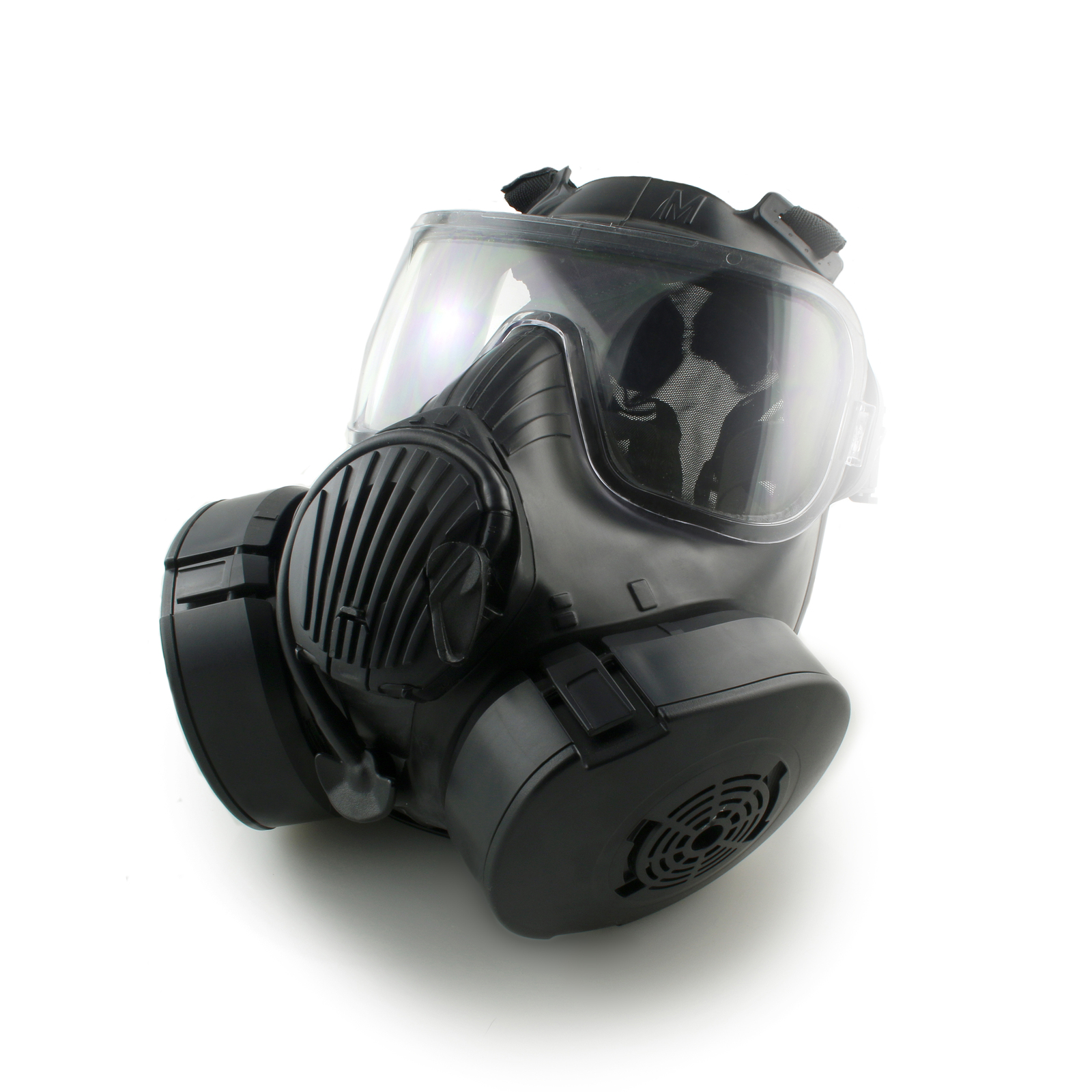
What methods are used for monitoring chemical agents?
For analysis of airborne chemical agents, two main TD methods are commonly used:
- Near-real-time (NRT) monitoring is an on-line technique used for early warning of agent release at both military and civilian sites. The US Centers for Disease Control and Prevention (CDC) require that the sampling and analytical process must be complete within 15 minutes for certain exposure limits.
- Off-line pumped-tube sampling is used to provide historical or confirmatory analysis for NRT military applications, and longer-term exposure measurement for civilian environments. This technique is used where the lowest exposure limits are required.
For solid or liquid samples, methods based on sorptive extraction are employed:
- Solid-phase microextraction (SPME) is a well-established approach that enables detection of trace-level agents from a variety of matrices.
- High-capacity sorptive extraction uses metal-core probes with large volumes of sorptive phase, improving detection limits. The probes are robust, and equally well-suited to immersive or headspace sampling.
One challenge facing analysts is that certain chemical warfare agents in their native form are not amenable to GC analysis because of their reactiveness. In these cases, on-tube derivatisation to a more stable analogue can be employed.
Instruments for chemical agent monitoring from Markes International
For continuous NRT monitoring, Markes' twin-trap TT24-7 system is used by defence analysts worldwide, both in conventional laboratories and mobile laboratories.
For off-line screening, the UNITY-xr and TD100-xr systems are ideally suited for analysis of challenging chemical agents in a variety of matrices. Markes’ µ-CTE dynamic headspace sampler has also found application in (for example) studies into the permeation of chemical agents through protective materials.
When a system is needed that combines the above-mentioned off-line techniques with approaches based on sorptive extraction, Markes’ fully-automated multi-mode Centri platform offers an ideal solution. Centri features a focusing trap that allows analytes sampled in all modes to be preconcentrated prior to GC injection. Sensitivity can be further boosted by combining multiple injections into the same trap.
Find out how Markes' TD systems can be used for defence applications by browsing the content below.

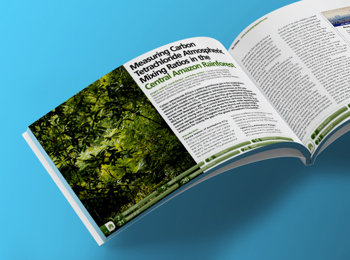
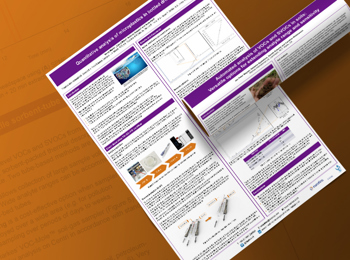
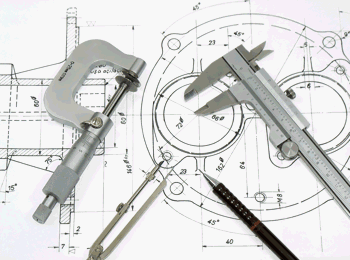

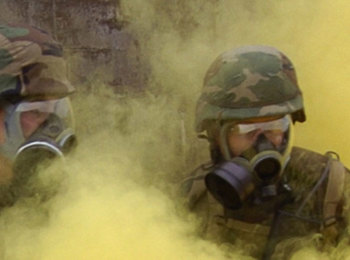
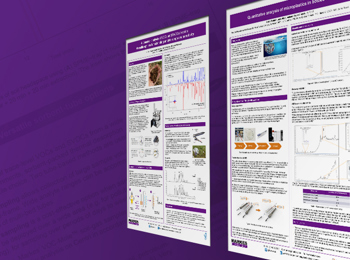
![Markes TD Brochure Hero3 Corepurple[2]](/media/zmscvqds/markes-td-brochure-hero3-corepurple-2.jpg?cc=0.55128205128205132,0,0,0&width=350&height=260&v=1d660d04edbcca0)
